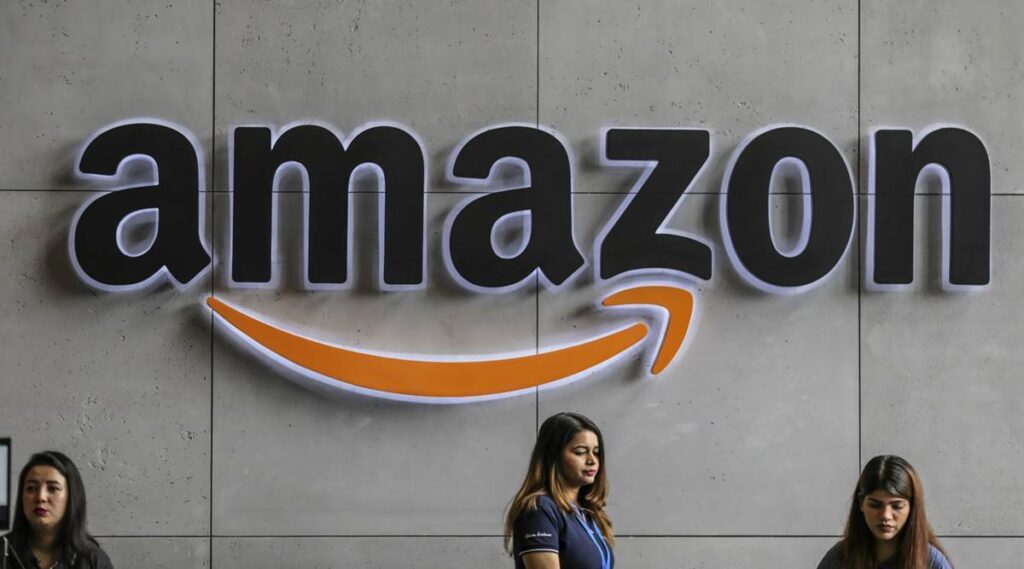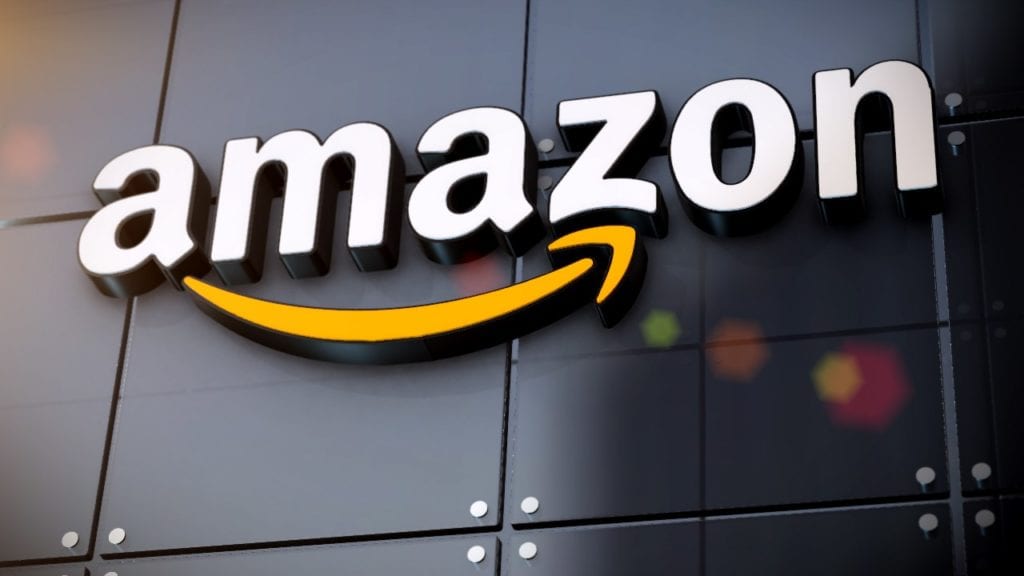Tag: Beyond Amazon seller fees
Are Amazon’s seller fees with beneficiary margins?
There are all kinds of factors that go in a profit margin. There is the cost of the real product, for one thing; There are also shipping costs, storage fees and more. If you are an Amazon seller, the fees you pay to use the platform will play an important role in your final result – up to 34% of your total sales, to be accurate. This number seems even higher when you compare it to the average of 2014 to 19%.
As expected, Amazon’s ever-increasing seller fees have made it more and more difficult to transform a healthy profit. However, some strategies have always helped many sellers do not earn life, but to find success on the platform. The key is to identify both high margin and low margin elements and hierarchize those who earn more money. Future with a precise profit margin for each element involves a ton of information, however; That’s why the merchant exists. This result calculator gives you real-time data on all aspects of your Amazon store, beneficiary margins in stock management – all in a dashboard.
If you want to understand how your beneficiary margins on Amazon work, you will need to understand some of Amazon’s seller’s fees.
Shipping Credit vs. Cost
Sellers who manage their own expedition do not have to pay the expenses of their own penny; Amazon will give them shipping credits to compensate for the cost. You can not necessarily rely on these credits to cover your costs, however; Indeed, for larger or larger articles, Amazon seems to substantize systematically what these packets really cost to ship. The good news is that sellers can see the Amazon shipping credit card in order to compare what they are going from Amazon to really spend.
Seller Account Fees
These fees will depend on the type of account of the seller you have. If it is an individual seller account (that is, you are a lower volume seller), it will cost $ 0.99 for each list, with a maximum of 40 sales per month. This is the type of seller, for example, who sells their own art as a hobby or a person who recently cleaned their attic and discovered a few pieces that were worth selling at a competitive price.

If you have a professional seller account (that is, you are a superior volume seller), it will cost $ 39.99 for each month for unlimited sales and stores. You will also have the choice to use an FBA warehouse (or “Fulfillment of Amazon”), where you can store stocks, use their pack-pack services, and so on.
Sale-Related Fees
Whatever type of account of the seller with which you work, you will pay a reference fee. They are not a fixed price, but are rather a percentage of the product selling price. Usually, the average reference fee is about 15%, but there is a good variation bit: the highest sits at 45%, while the lowest is 6%.
There is only one exception to reference fees, and it is the minimum reference fee. Between 0 and $ 2, this applies to specific categories, whenever it is greater than the usual reference fees.
If you are considering media categories, there is an additional supplement to consider, and it’s the closing fee. At a lump sum of $ 1.80, closing fees are added to the appropriate reference fees.
FBA Fees
There is a reason why about 91% of Amazonish sellers use FBAS; They are practical and (generally) profitable. It also makes them eligible to offer Amazon premium to their customers, which is an increased incentive. It is important to be smart when you use this service, however. Not only does it add quickly, but some size levels cost more than others. You will get a little storage fee pause for larger packages ($ 0.53 per cubic foot instead of $ 0.83 per cubic foot for regular packages), but if you are considering shipping costs or Estimates, the costs of oversized packages can put a serious tooth in your margins.
You must also consider elimination / elimination fees, aged inventory surcharges and other fees that do not always apply, but will always affect your result. The great thing about the merchant is that when it calculates the margin of each article, it takes into account every 72 fee of Amazon for the most accurate and up-to-date information.
Beyond Amazon seller fees
It’s great to work towards ambitious sales goals, but having a successful Amazon business takes a little more strategy than that.
- Have multiple options. If you only sell on Amazon, you depend on how they tell you to run your business. If you sell on other platforms, however, it reduces the leverage effect of the Amazon on your business plans.
- Act early. What you start for sale will not be exactly what you end up selling; I hope you will develop your product offers along the way. In fact, it is better that you start the planning process from week 1, you will not play catch-up with the customer’s request.
- Protect your most important assets. It’s not because you have proved that the best sellers do not want to say that you should list them on Amazon. Keeping your brand signature products for other platforms means that you need to control them, and that’s important. If you are worried about how it could affect profits, the trader would identify your other for-profit elements – plus non-profit benefits that do not belong to your Amazon store.
- Maximize creation of value. Just because you know that an article will sell does not mean that it should be sold. Rather than focusing on global sales, compete with high margin products to maximize your gains. You can use the merchant to keep the tabs on how each item quickly performs your strategy whenever you have seen a change in profitability.
Make the data work for you, not the other way around.
The early lift grabs the worm, as they say – and that applies to being an Amazon seller as much as anything else. A tool such as trader allows sellers not only to keep track of their drivers of profit and loss, margins by point, etc., but it also allows them to react quickly to changes in order to make decisions oriented on growth and to progress from the competition. If you are interested in calling you trader for yourself, get their 30-day 30-day trial!

Recent Comments